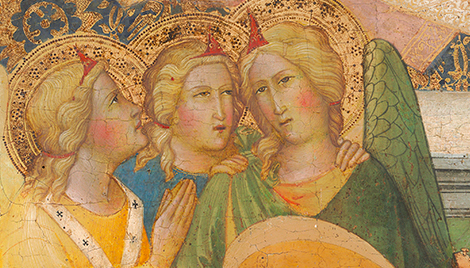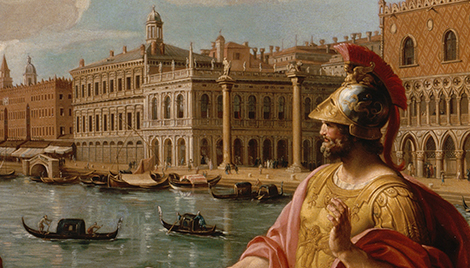Digital Art History Takes Off
This summer four institutes held on the east and west coasts provided opportunities for art historians—both academics and museum professionals—to increase their familiarity with the tools and opportunities presented by a computational approach to “doing” art history. These programs, underwritten by the Getty and Samuel H. Kress Foundations took place at Harvard’s metaLAB (Beautiful Data: Telling Stories About Art with Open Collections, June 16–27, Getty Foundation), George Mason University’s Roy Rosenzweig Center for History and New Media (Rebuilding the Portfolio: DH for Art Historians, July 7–18, Getty Foundation), UCLA’s Digital Humanities Program (Beyond the Digitized Library, July 28–August 6, Getty Foundation), and Middlebury College (Summer Institute on Digital Mapping and Art History, August 3–15, Kress Foundation). The firm groundwork laid by these programs as well as the enthusiastic response by participants suggest that the field of art history is in an ever-stronger position to take advantage of the opportunities provided by new technologies and to lead the digital humanities in key areas.
To read the full article by Anne Collins Goodyear (Co-Director, Bowdoin College Museum of Art) and Paul Jaskot (Andrew W. Mellon Professor at the Center for Advanced Studies in the Visual Arts (CASVA), Washington, DC (2014–16), please see the post on the College Art Association’s website: http://www.collegeart.org/news/2014/10/07/digital-art-history-takes-off/



